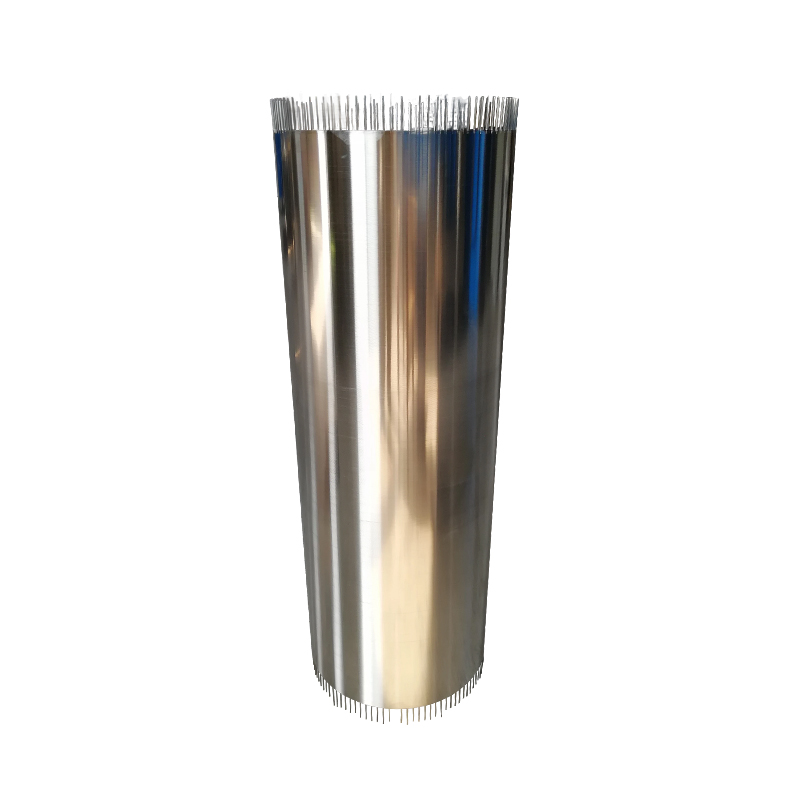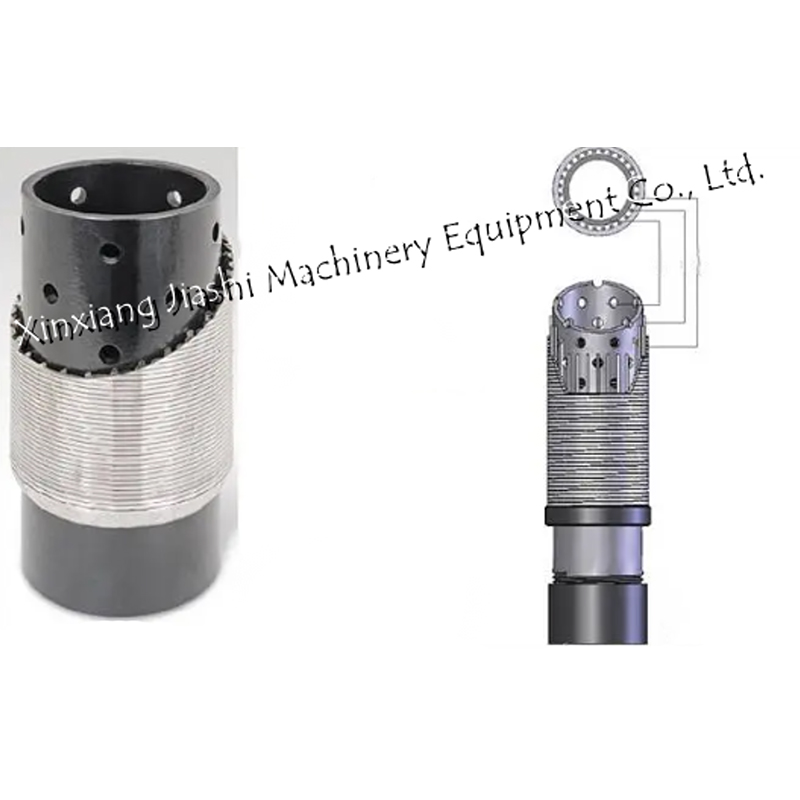How to control the vibration frequency of the screen drum during dry and wet separation?
Release Time : 2025-09-18
In the dry and wet separation process, vibration frequency control is a key factor influencing separation efficiency, processing capacity, and equipment life. Proper vibration frequency adjustment requires comprehensive consideration of material properties, screen drum structure, power source characteristics, and process objectives. Mechanical adjustment, electrical control, and intelligent optimization are used to achieve dynamic balance, ensuring the screen drum consistently operates optimally during dry and wet separation.
Material properties are the primary basis for vibration frequency adjustment. Particle size distribution, moisture content, viscosity, and density vary significantly among materials, directly impacting their screening performance. For example, fine-grained materials have low screening resistance and require high-frequency vibration to accelerate stratification. High-viscosity or large-particle materials, on the other hand, require low-frequency, high-amplitude vibration to overcome the adhesion between the material and the screen through inertia. In practical dry and wet separation applications, the proper matching of material and vibration frequency requires experimental testing. For example, when processing sludge with a high moisture content, high-frequency vibration can be used to quickly separate free water in the initial stage, followed by a reduction in frequency to prevent excessive fragmentation of solids. When processing ore tailings, the vibration frequency needs to be adjusted based on the particle size distribution to ensure sufficient screening of fine-grained materials.
The structural design of the screen drum plays a crucial role in the transmission and response of vibration frequencies. The screen drum's material, porosity, stiffness, and mass distribution all influence its natural frequency. For example, a lightweight, high-strength alloy screen drum can reduce inertia and improve vibration response speed, while a screen with a larger porosity can reduce material clogging and lower vibration resistance. In dry and wet separation equipment, the connection between the screen drum and the vibration source is also crucial. A flexible connection reduces vibration transmission to the equipment base and reduces noise, but may sacrifice some vibration energy. A rigid connection ensures efficient transmission of vibration energy, but requires enhanced vibration damping. In actual production, the appropriate screen drum structure and connection method should be selected based on material characteristics and process requirements.
Power source parameter configuration is a direct means of adjusting vibration frequency. Dry and wet separation equipment typically uses a vibrating motor or eccentric weight as the power source. For screen drums driven by vibrating motors, the motor speed can be adjusted using a frequency converter to achieve stepless frequency adjustment. For screen drums driven by eccentric weights, the excitation force can be varied by increasing or decreasing the number of eccentric weights or adjusting their angle, thereby affecting the vibration frequency. For example, increasing the number of eccentric blocks can increase the excitation force, allowing the screen drum to achieve higher amplitude at the same speed. Adjusting the angle of the eccentric blocks can change the direction of the excitation force and optimize the vibration trajectory of the screen drum. The power source must be adjusted to match the material characteristics and screen drum structure to avoid reduced separation efficiency or equipment damage due to improper parameter settings.
The introduction of intelligent control technology enables dynamic optimization of vibration frequency. By installing vibration sensors, pressure sensors, or current sensors on the screen drum, vibration frequency, amplitude, and equipment load are monitored in real time and fed back to the control system. The control system automatically adjusts the power source parameters based on a preset algorithm. For example, if a screen blockage is detected, the vibration frequency is increased to enhance screening capacity; when the equipment is overloaded, the vibration frequency is reduced to protect the motor. Intelligent control systems can also perform multivariable optimization based on parameters such as material flow rate and separation performance, further improving the efficiency and stability of dry and wet separation.
Adjusting the vibration frequency also requires balancing equipment stability and energy consumption. While high-frequency vibration can improve separation efficiency, it accelerates screen wear, increases energy consumption, and may cause equipment resonance. Therefore, the natural frequency of the screen drum must be determined during design to avoid vibration frequencies too close to it, which could cause resonance. Separation efficiency and energy consumption must also be balanced. For example, while still meeting separation requirements, low-frequency vibrations can be preferred to reduce operating costs. Furthermore, regular maintenance and calibration of vibration sensors and control systems to ensure data accuracy and avoid inaccurate vibration frequency adjustments due to monitoring errors are crucial for the long-term stable operation of dry and wet separation equipment.







